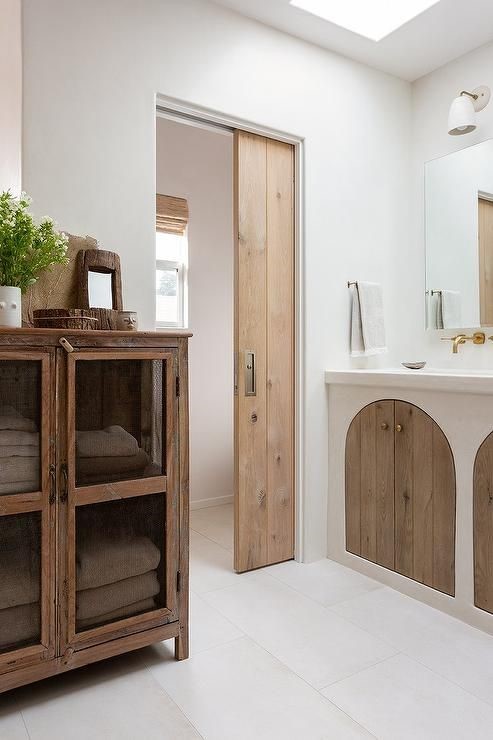A door is a movable barrier that is used to close off an opening in a wall, entryway, or structure. Doors serve several important functions, including providing security, privacy, and controlling access between different spaces. They come in various types, styles, and materials to suit different purposes and aesthetics. Doors can be opened and closed, allowing people to pass through and providing a way to enter or exit a room, building, or enclosure. They also play a role in controlling light, ventilation, and sound between different areas. Doors consist of several components, including the door panel itself, hinges or other hardware that allow it to pivot or swing, a frame that surrounds and supports the door, and often a latch or lock mechanism for security. Throughout history, doors have been important elements of architecture and design, evolving to meet changing needs and styles. From simple wooden doors to complex automated ones, doors are an integral part of our built environment.
Doors come in a variety of types, each designed for different purposes, functions, and aesthetic preferences. Here are some common types of doors: Swinging Doors: Single Swinging Door: This is a standard door that opens and closes on a hinge, swinging either inward or outward.
1- Double Swinging Doors (French Doors):
Two doors that meet in the middle and swing open in opposite directions. Often used for wider entrances or as patio doors.
Sliding Doors: Sliding Glass Doors: These doors consist of large glass panels that slide horizontally on a track. They are commonly used as entrances to patios, decks, and outdoor spaces.
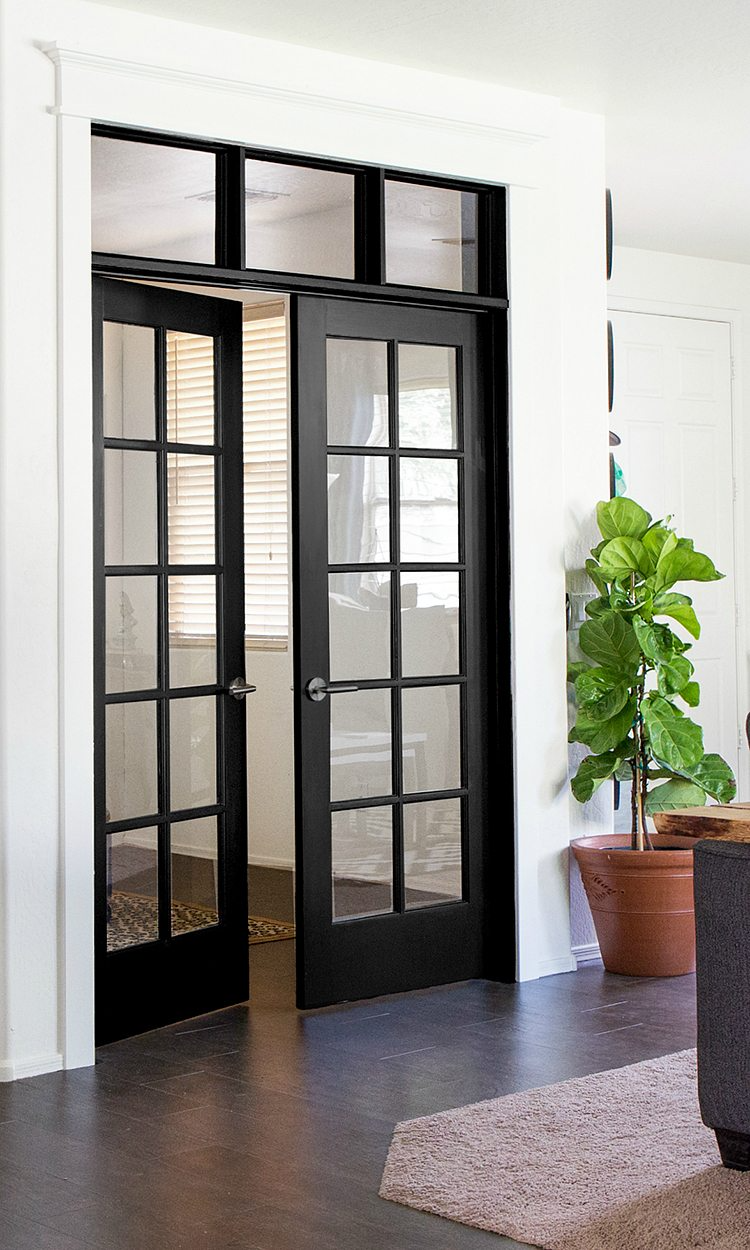
2- Pocket Doors:
These doors slide into a concealed pocket within the wall, saving space and providing a seamless look when open.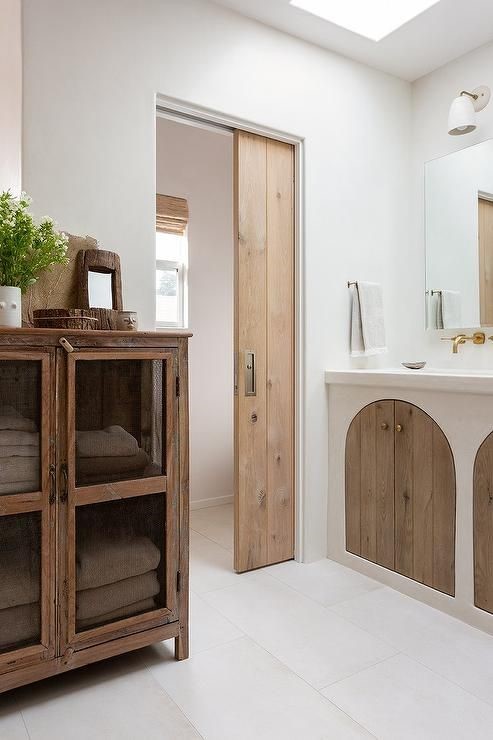
3- Bi-Fold Doors:
These doors are hinged in the middle and fold in half when opened. They are often used for closets or room dividers.
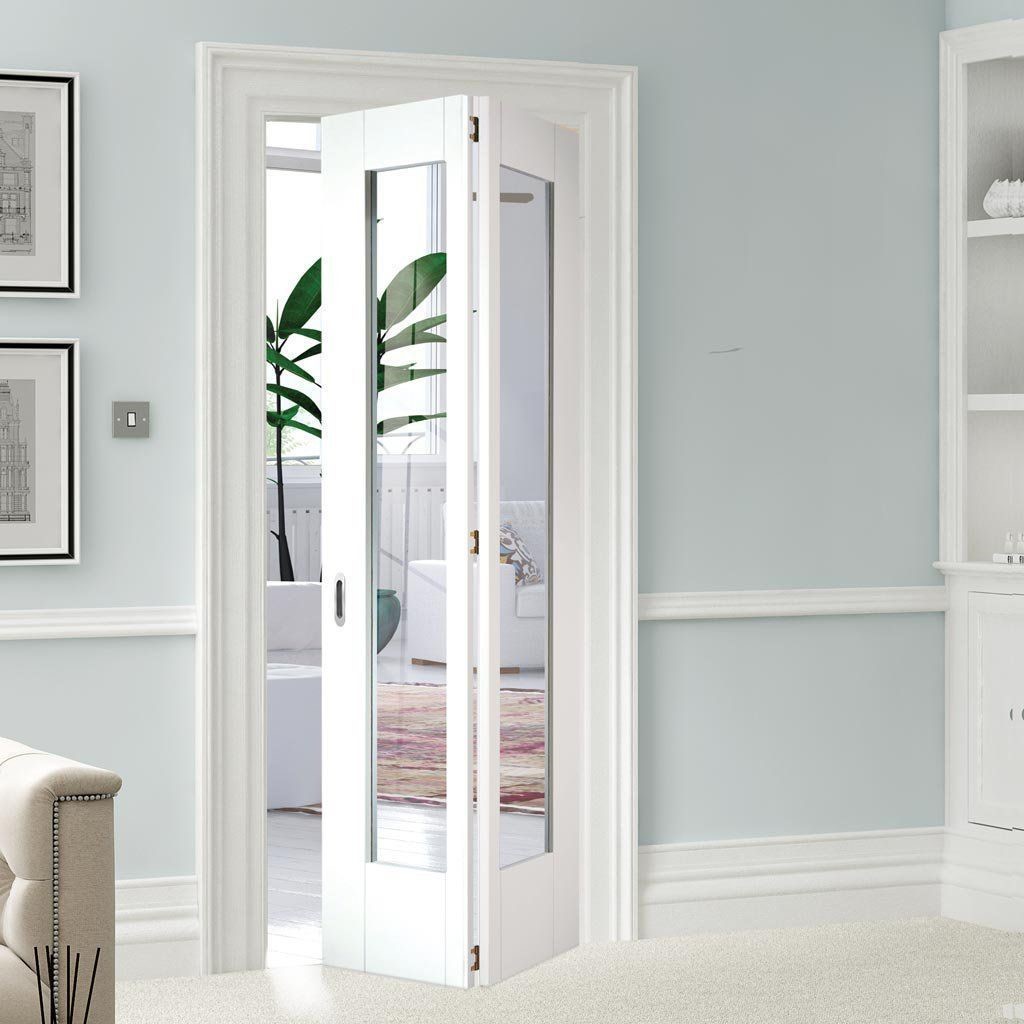
4- Accordion Doors:
Similar to bi-fold doors, accordion doors consist of multiple panels that fold back and stack neatly when opened.
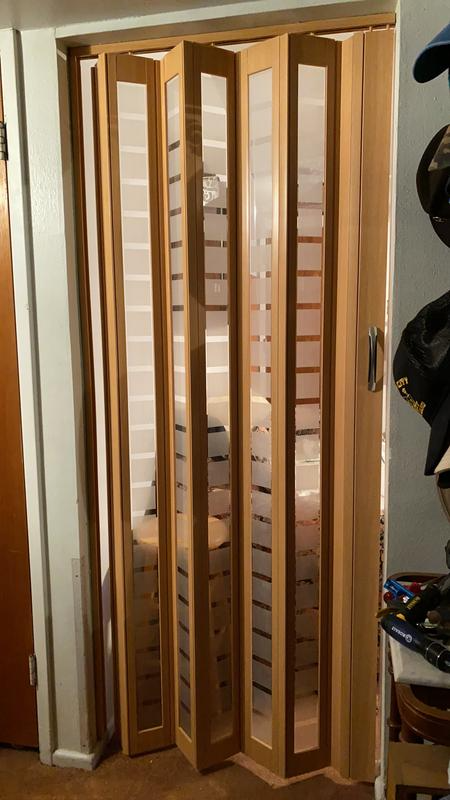
5- Hinged Doors:
Pivot Doors: These doors pivot on a central point instead of the traditional side hinges. They can be quite large and impressive, often used in modern and high-end designs.
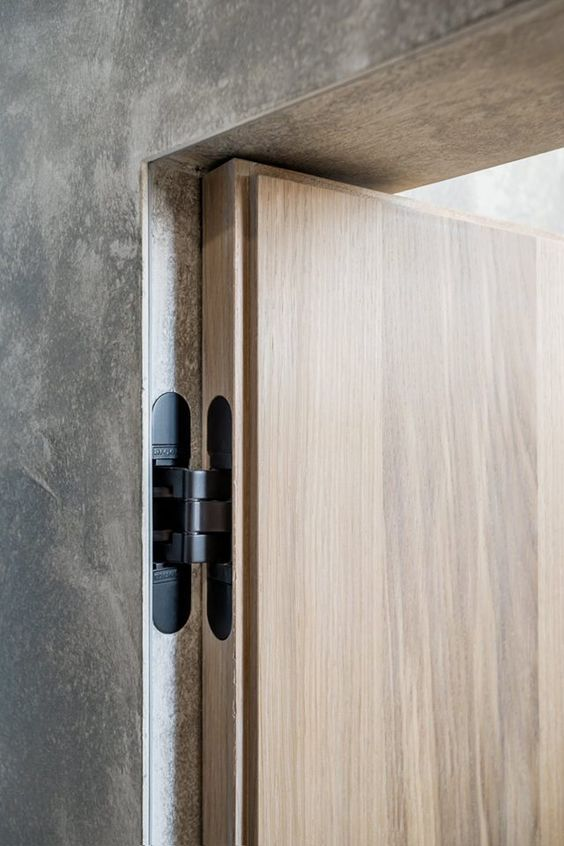
6- Revolving Doors:
Revolving doors consist of several door panels that rotate around a central axis. They are commonly used in commercial buildings to manage high foot traffic while minimizing drafts.
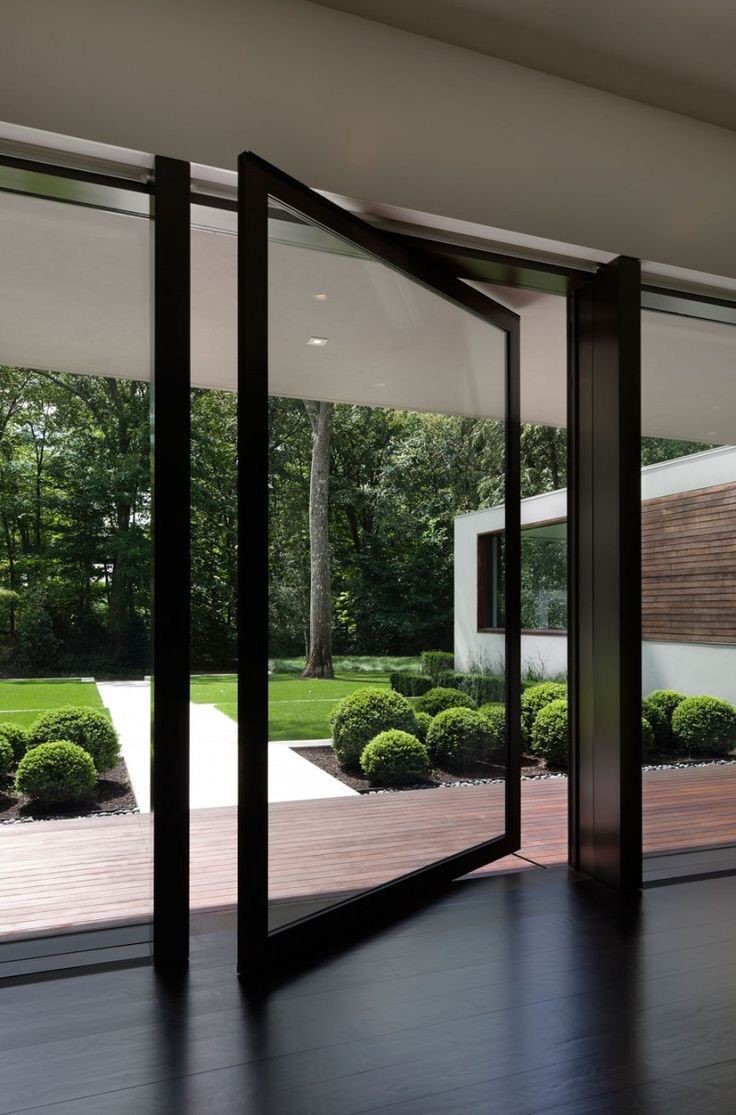
7- Dutch Doors:
Dutch doors are divided horizontally, allowing the top and bottom sections to be opened or closed independently. They provide a combination of ventilation and security.
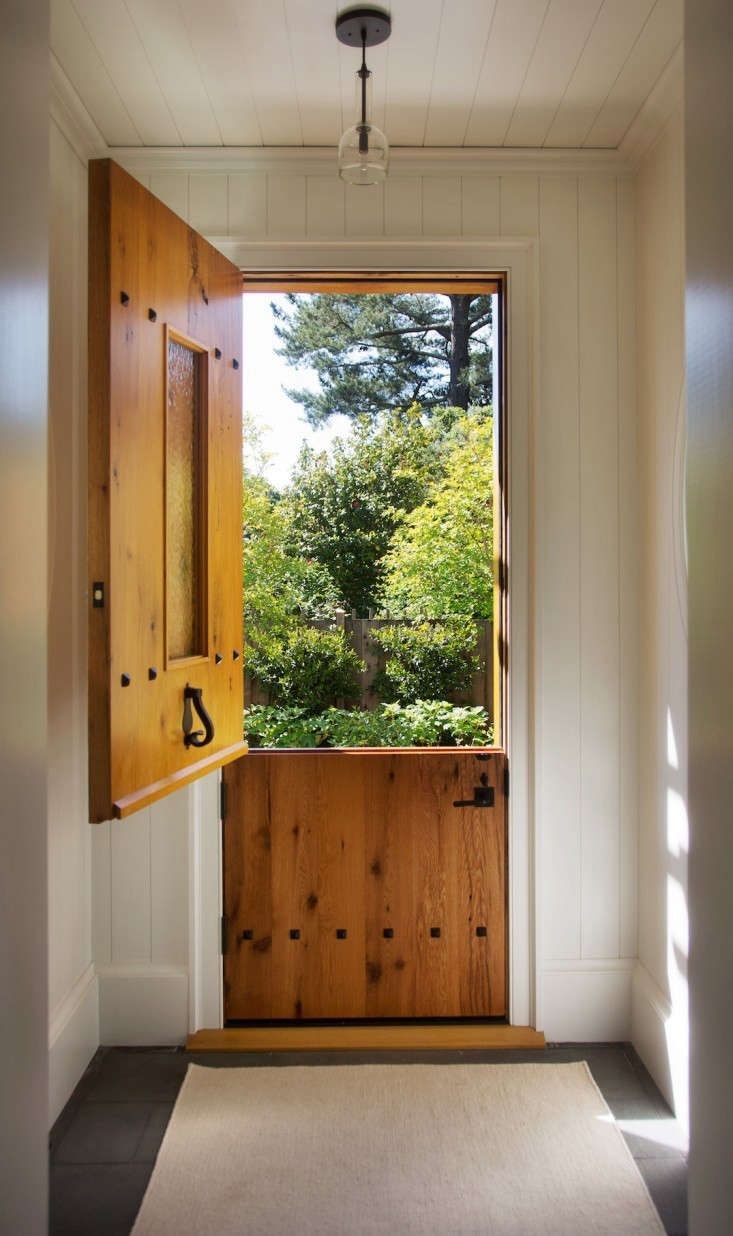
8- Paneled Doors:
These doors have rectangular or square panels on their surfaces, adding depth and visual interest. Raised panel and flat panel doors are common types.
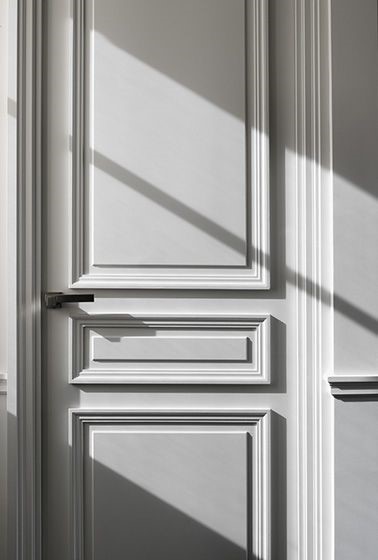
9- Flush Doors:
Flush doors have a flat and smooth surface without any raised or recessed panels. They provide a modern and minimalist look. 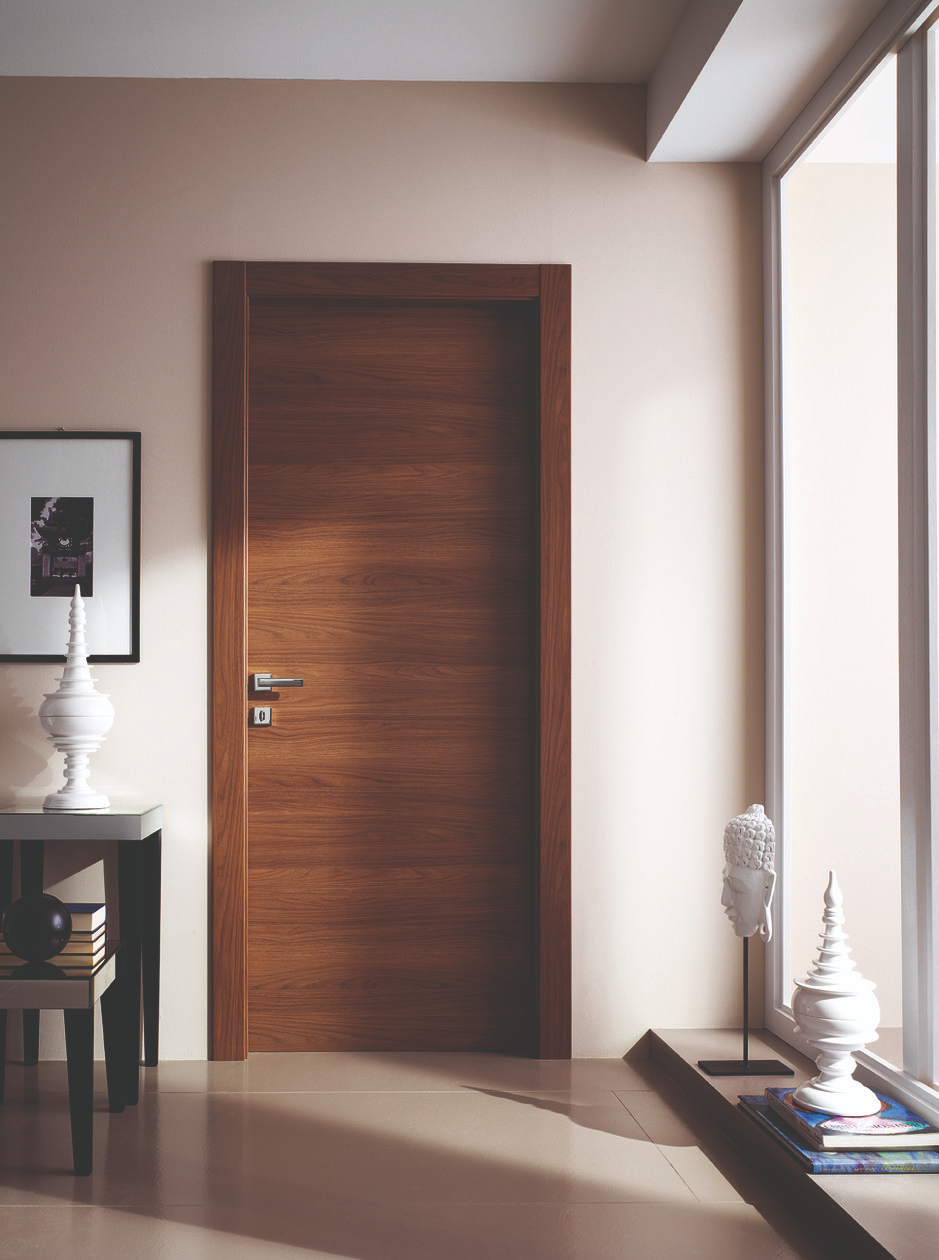
10- Barn Doors:
Inspired by traditional barn doors, these doors slide on a track and are often used for interior applications. They can be rustic or contemporary in style.
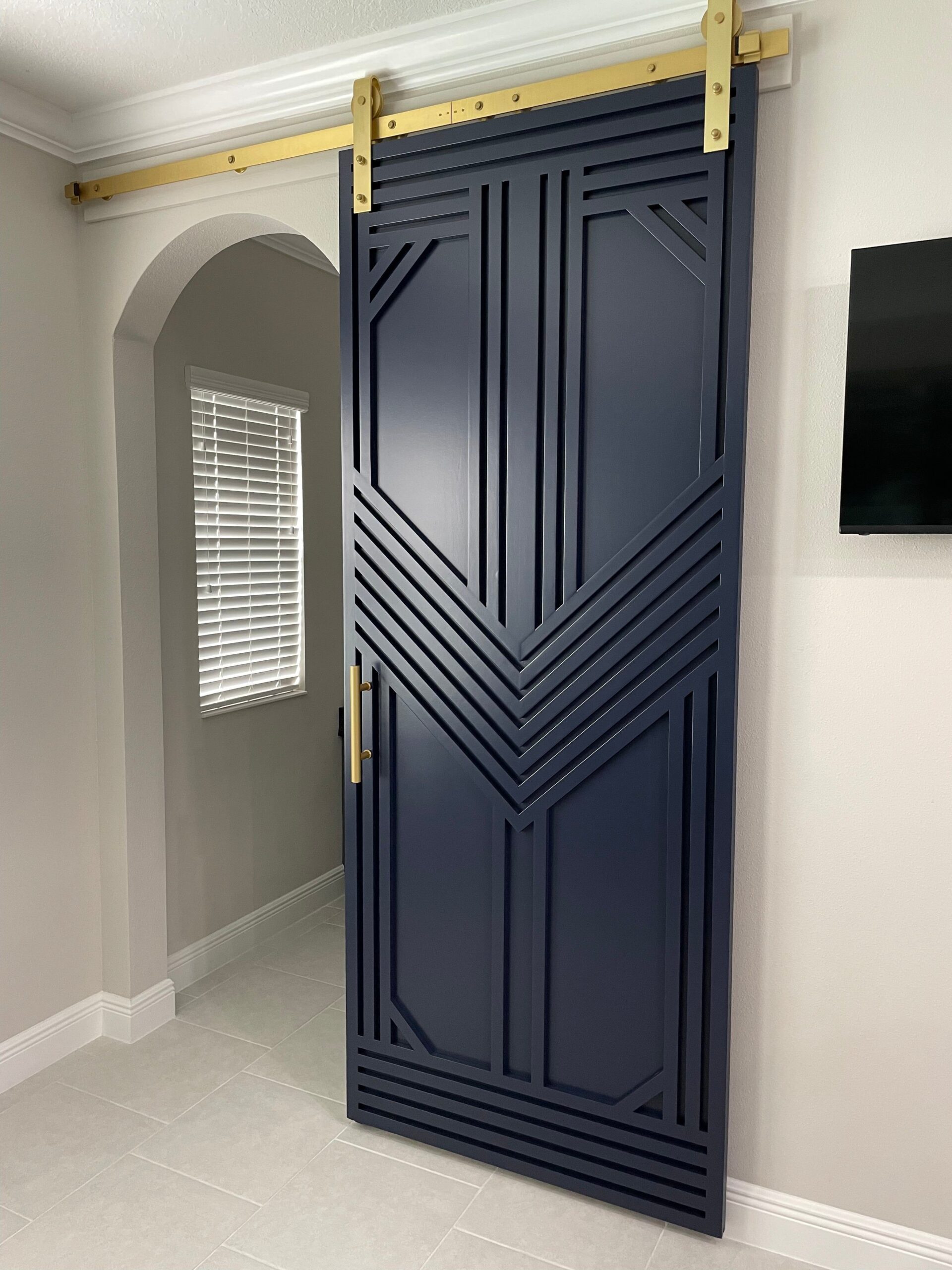
11- Glass Doors:
Glass doors feature glass panels that can be clear, frosted, etched, or stained. They allow light to pass through and provide visual connectivity between spaces.
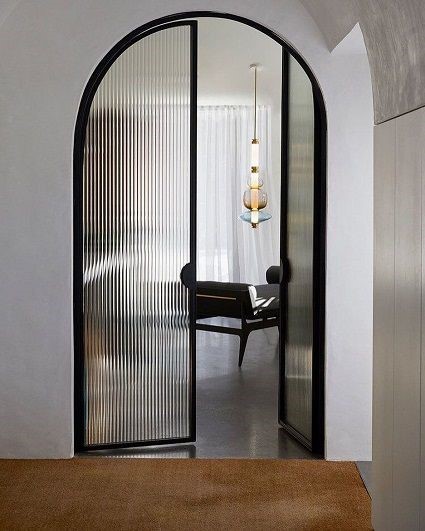
12- Security Doors:
Security doors are designed to enhance safety and are often made of reinforced materials. They may include features like multiple locks and heavy-duty construction.
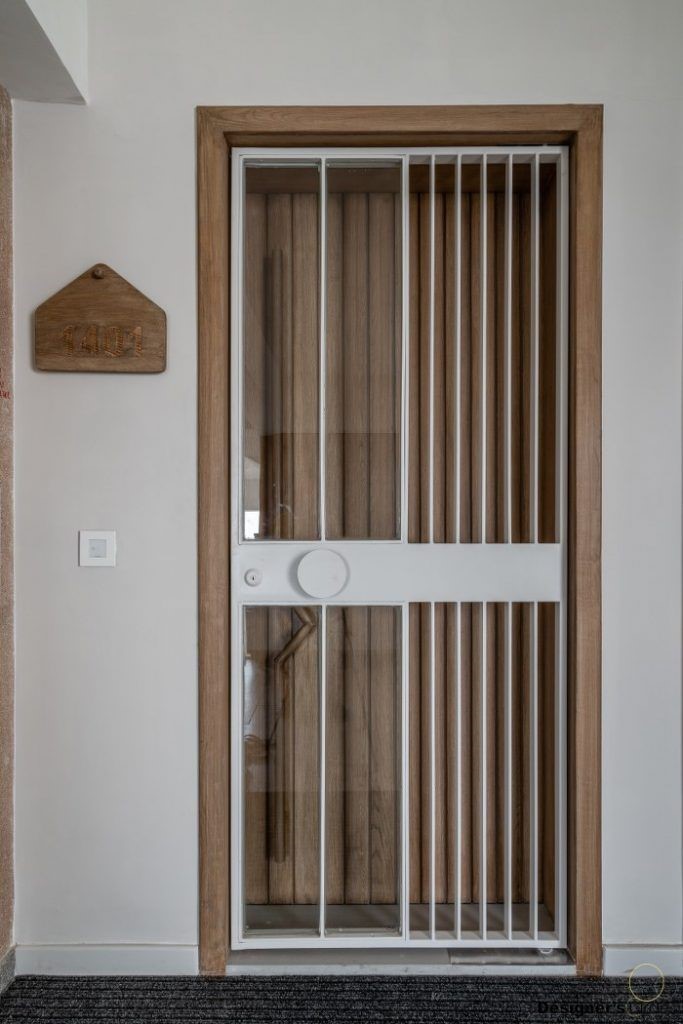
13- Fire Doors:
Fire doors are specially designed to resist the spread of fire and smoke. They are commonly used in commercial and public buildings to improve safety.

Note – These are just a few examples of the many types of doors available. The choice of door type depends on factors such as function, space, style, and security requirements.

